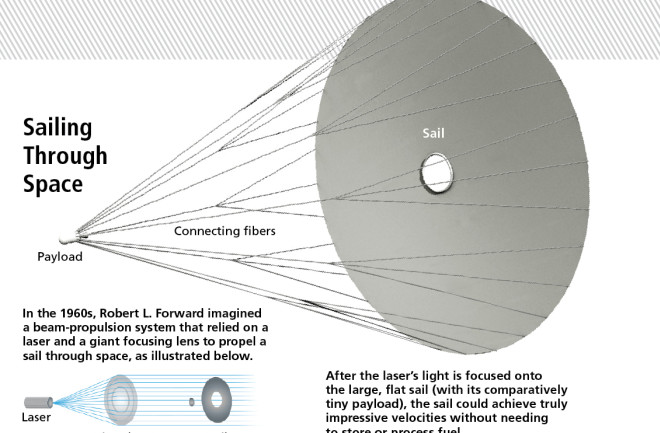As teenage brothers and identical twins growing up in 1950s Alabama, Gregory and James Benford both read Time for the Stars, Robert Heinlein’s 1956 novel about Tom and Pat Bartlett — identical teenage twins who took part in the world’s first interstellar space mission. The tale made a lasting impression on the Benfords, who shared the Bartletts’ affinity for space and were simultaneously drawn to the world of science fiction.
While still in their teens, the Benfords published 29 issues of the fanzine Void. James has since sold a few sci-fi stories, whereas Gregory has published more than 200 short stories and written 31 novels, winning two Nebula Awards along the way.
But the brothers’ main pursuit is science. Gregory is an emeritus physics professor at the University of California, Irvine. James, also a physicist, heads his own company, designing high-powered microwave systems for clients like NASA, the Jet Propulsion Laboratory (JPL), Lockheed and Boeing.
Although the Benford twins chose different professional paths, they share a dream: human travel into interstellar space, a quest they liken to the exploration of the American West. In 2013, the brothers hosted the Starship Century Symposium, where scientists and sci-fi writers gathered to advance the prospect of human expeditions to the stars within 100 years.

